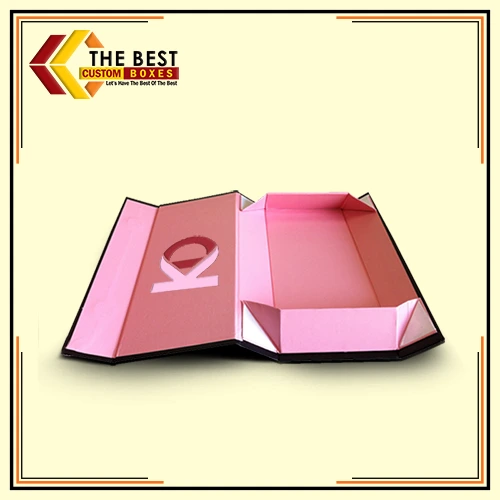Collapsible boxes are helpful and flexible ways to store things that have become more popular in recent years. They are great for getting things in a crowded room in order or packing and moving things. The best thing about them is how easy they are to fold up and store when not in use. This saves room. Even though there are many boxes on the market, it can be fun and satisfying to make your own.
Guide about How To Make A Collapsible Box:
You will not only have a box that is custom-made for your needs but also save money because you will be using things you already have at home. By following the steps in this piece, you will be able to make a collapsible box out of simple, easy-to-find materials. Anyone who likes to do crafts or needs a helpful way to store things will find all the information they need in this piece to make their box. Let’s get started and learn how to make a box that can be folded up and looks good at the same time.
Here is the step-by-step guide on how to make these boxes:
Cut and score the things you need:
To build a foldable box that works, you need to make sure you have all the materials you need and carefully cut and score the pieces. Get strong cardboard or heavy-duty paper, a ruler, a pencil or marker, and a scoring tool. This will give you the tools you need to make a sturdy and valuable box.
The cutting process makes sure that all the pieces are the right size and shape by being very precise and paying close attention to every detail. Also, the scoring method, which includes making small holes along the fold lines, makes it possible to put the box together without any problems. These first steps set the stage for a well-made foldable box that does its job well and makes it easier to keep things organized.
Be careful to fold along the score lines:
Carefully thinking through the folding process is very important for making sure that the flexible box is built correctly. The score lines, which are made by making small indentations, are what make the structure strong and allow the paper to fold easily.
Arrange the pieces:
As you put the pieces together, take your time and carefully fold along the score lines, making sure that everything is lined up and is done right. By being careful and precise in this crucial step, you can be sure that the foldable box will keep its shape and function, making it easy to store and move your things.
Use tape to hold the sides together:
An adhesive tape is an important tool for keeping the sides of a foldable box in place. Sticky tape adds another layer of support and structure to the box to make sure it stays together while it’s being used. First, choose a strong tape that will last a long time and will stick well to the box’s material. Carefully put the tape around the box’s edges, making sure it sticks well to both the top and bottom panels.
Cautions:
- For a neat and professional look, make sure to get rid of any wrinkles or air bubbles.
- The adhesive tape is a strong reinforcement that keeps the box from opening or collapsing by chance while still allowing it to be folded up.
Join the bottom piece to the sides:
The next thing that needs to be done to finish building the folding box is to connect the bottom piece to the sides. This critical step makes sure that the box is stable and has a solid structure. First, line up the bottom piece’s edges with the sides’ edges that match them. To keep the pieces together, use a strong glue or the correct fixings.
Make sure to apply the same amount of pressure around the whole edge to make sure the link goes smoothly. This step is crucial for making a foldable solid box that can be used and moved around a lot. The collapsible box is ready to use once the bottom piece is securely attached to the sides. It’s a valuable and space-saving way to store or move things.
Have fun making your foldable box:
Now that you have finished making your foldable box, you can fully enjoy how useful and convenient it is. This flexible option makes it easy to store and move a wide range of things, whether you’re using it for work or fun. The box’s collapsible design makes it easy to fold up and unfold, which saves room when it’s not in use.
Its strong construction and safe links make sure that your things are safe while they’re being shipped, giving you peace of mind. Enjoy the satisfaction of having a valuable and practical answer at your disposal, and get the most out of your collapsible box for all your storage needs.
Conclusion:
In the summary statement, learning how to make a foldable box can make any project look more elegant and valuable. You can make a professional-grade foldable box that is both helpful and nice to look at by following the simple steps above. Collapsible boxes are valuable and flexible tools for crafters because they can be used for storage, gift wrapping, and many other things.
So why not give it a shot and see for yourself how well it works? If you wait and practice, you’ll be able to make foldable boxes like a pro in no time.


